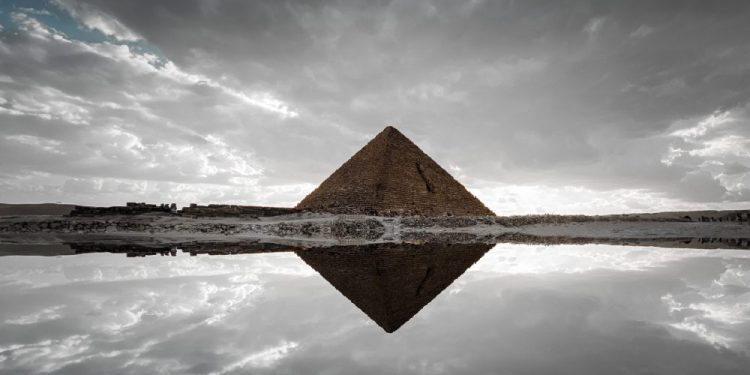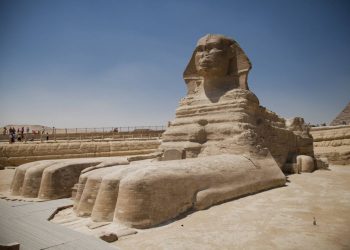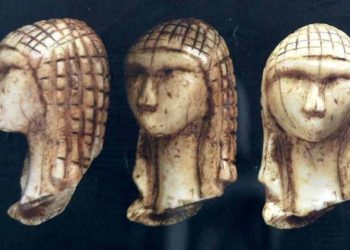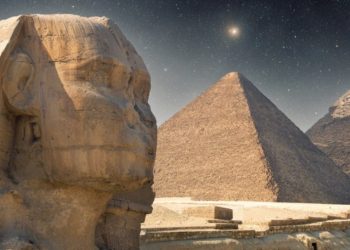In ancient Egypt, Earthly life was nothing other than an episode of the final and ultimate way to eternity. The gods of Egypt created humankind, giving life. Depending on the conduct of each individual during his Earthly life, after death, every ancient Egyptian would experience either the eternal bliss of the afterlife or eternal damnation. Death in ancient Egypt was only a transition. It was only a phase. This is because, to every ancient Egyptian, the fertile Nile Valley was the beloved land. It was this world where they wanted to live and ultimately die. It was life. The opposite was the inhospitable, arid desert that stretched into the west. This was the opposite of life; death. The ancient Egyptian saw this as the place where the sun went to die each evening. It was considered the real from which no one could return. This realm was ruled by the god Osiris.
The Burials of ancient Egypt
Burials in ancient Egypt were of great importance. And many incredible tombs built throughout millennia are evidence of that. But even before the first Dynasty, in pre-dynastic times, and the so-called Zero Dynasty, there were already burials in Egypt. Cemeteries were established on the edge of the desert, to the west of the Nile River. Even though everyone was equal before the god Osiris and his divine tribunal in the beyond, there were differences between the burials of kings and ordinary people. The worship of the deceased included funeral processions, sacrifices, and ceremonies. But the Pharaohs took it a notch further. The kings of Egypt were no ordinary humans. Therefore, they chose a different path into the afterlife, a different ceremonial. After all, the Pharaoh of Egypt was the god who lived among humans, and after his death, he would return to the gods. The ceremonies of mourning the deceased were the same for everyone, but nonetheless, how humble or superior they were depended on the social standing of the deceased. For Egyptian Pharaohs, the ceremonies were carried out over longer periods of time. This led to the formation of certain religious conceptions introduced into the ceremonies.
The path to the other world
The deceased’s body would be placed inside a coffin and carried out of the residence. In ancient Egypt, the funeral precision included relatives, bearers, friends, priests, and embalmers. The body was carried to the Nile’s banks, ferried to the other side, and eventually ended up in the purification tent. There, the priests would perform a series of purification rituals, after which the body was carried to the embalming area where the mummification process would occur. As explained by Miroslav Verner, in one case, up to 375 square meters of linen were used for the filling and winding of a single mummy. This process was different for the kings of Egypt. After sacrificial and embalming rituals, the king set out on the metaphorical path toward Sais, represented symbolically by the Valley Temple. After several other ceremonies, the body was moved from Sais to other religious sites.
First, it was taken to Bruto, an ancient religious center in the delta. The palm groves of Bruto were considered a kind of ancient national cemetery in Egypt. During rituals at the site, the so-called Muu would come down from the heavens to receive the deceased’s body. The Muu were important since they were believed to carry the mummy from this to the other world. Other processes, including lamentation and the opening of the mouth, were performed. After this, the body was placed inside the tomb, and a statue of the deceased was buried to represent the mummy as it made its journey to the other world. Priests would also perform a series of apotropaic rituals that were important in giving the deceased peace in the beyond.
Have something to add? Visit Curiosmos on Facebook. Join the discussion in our mobile Telegram group. Also, follow us on Google News.











